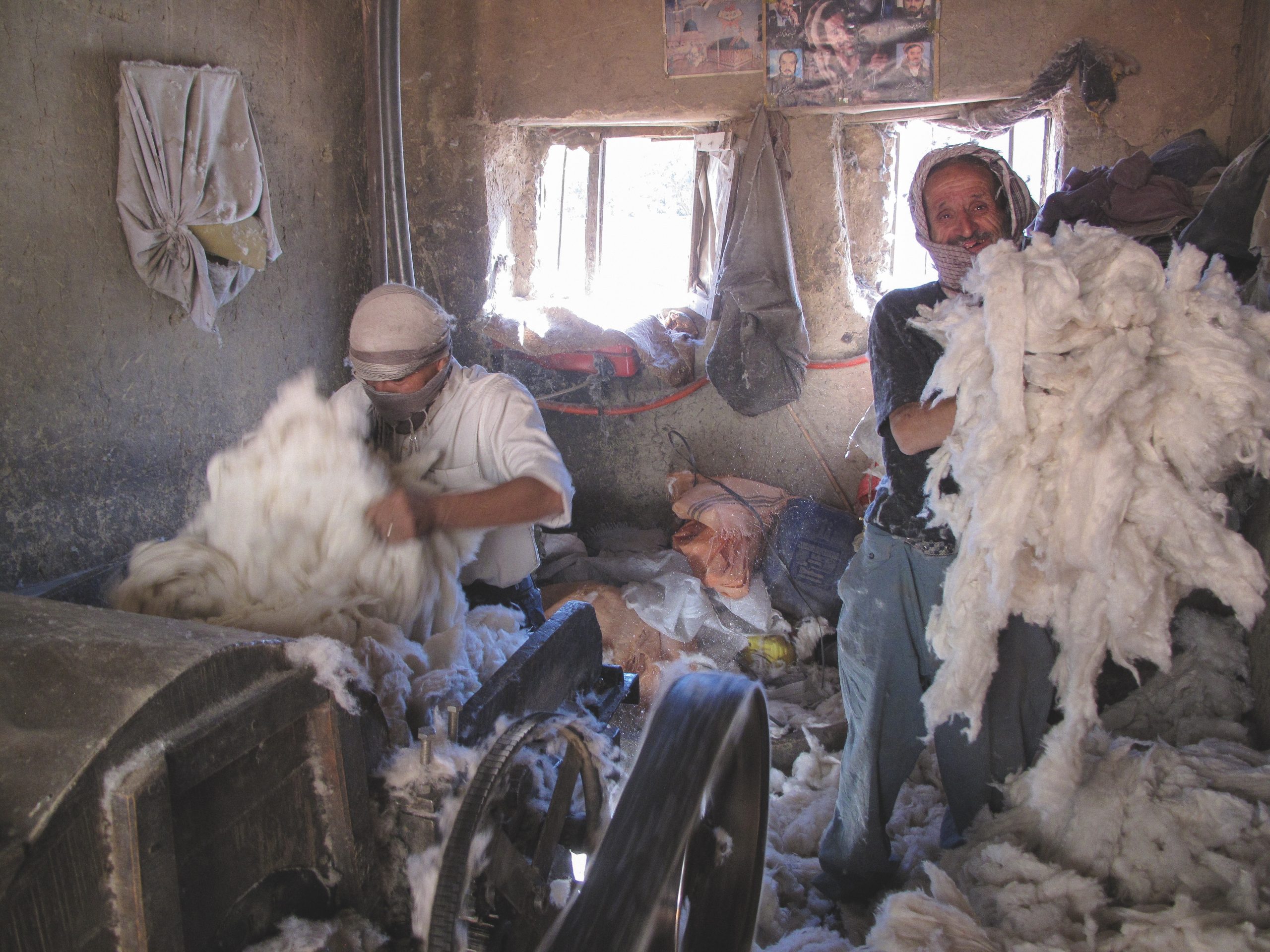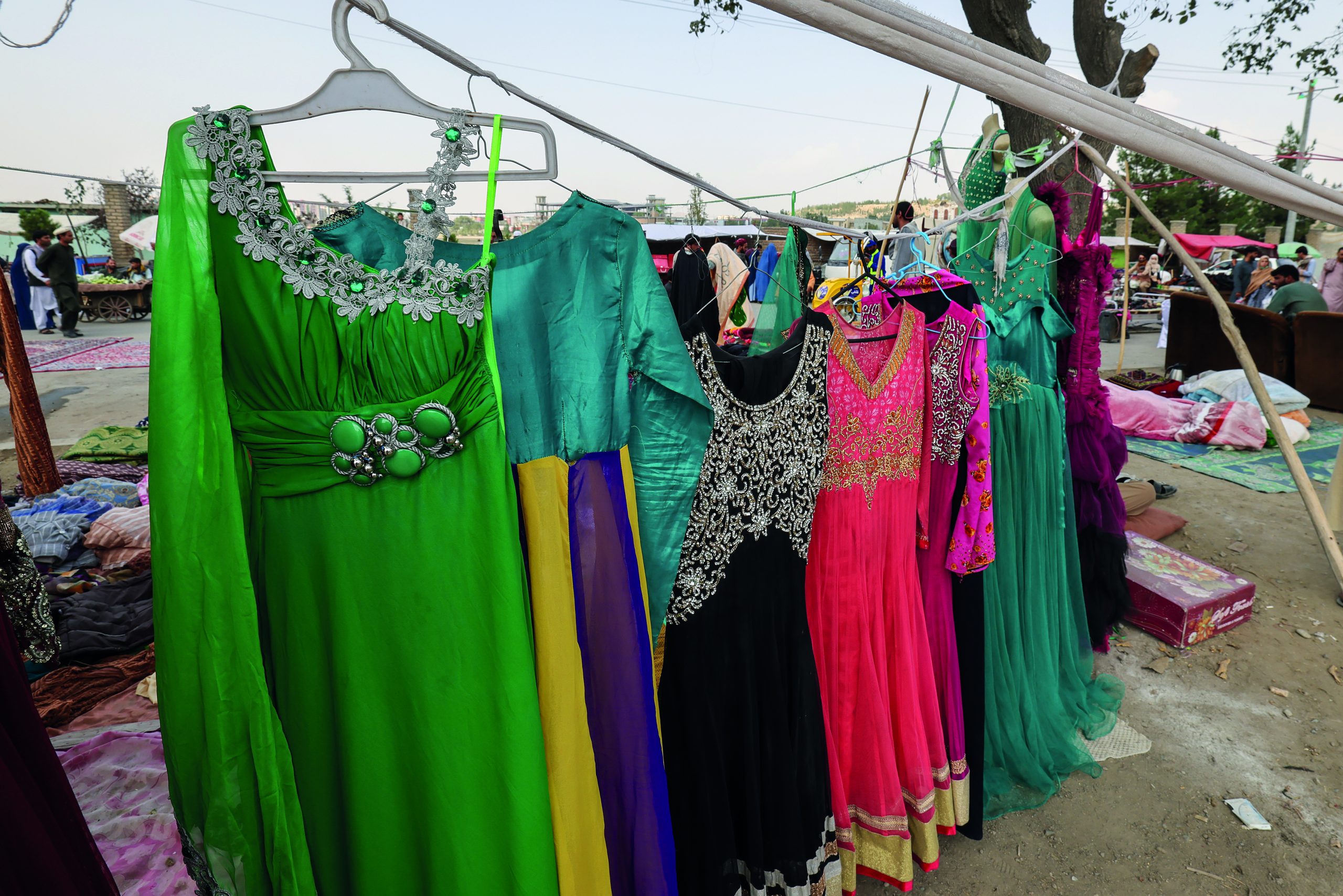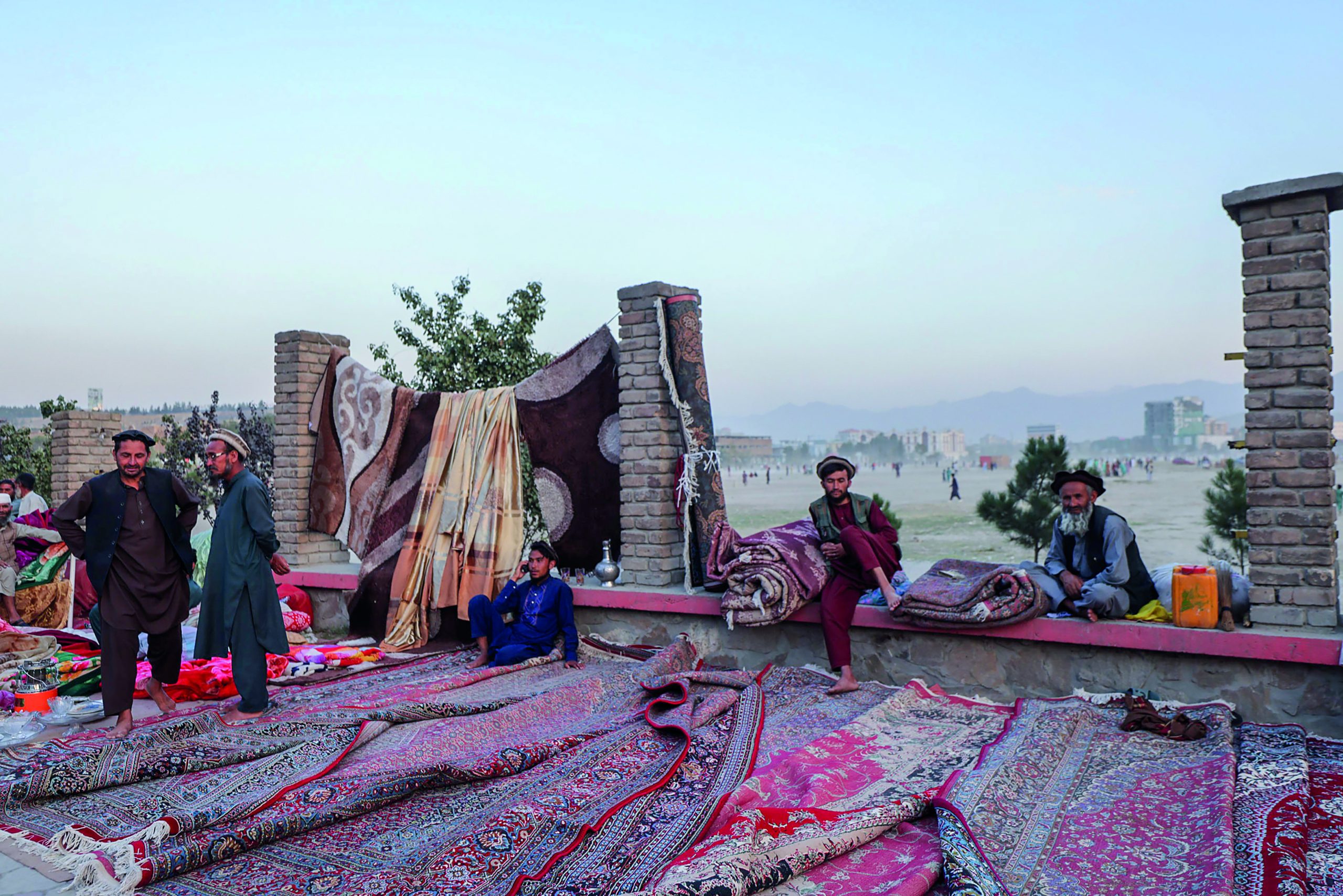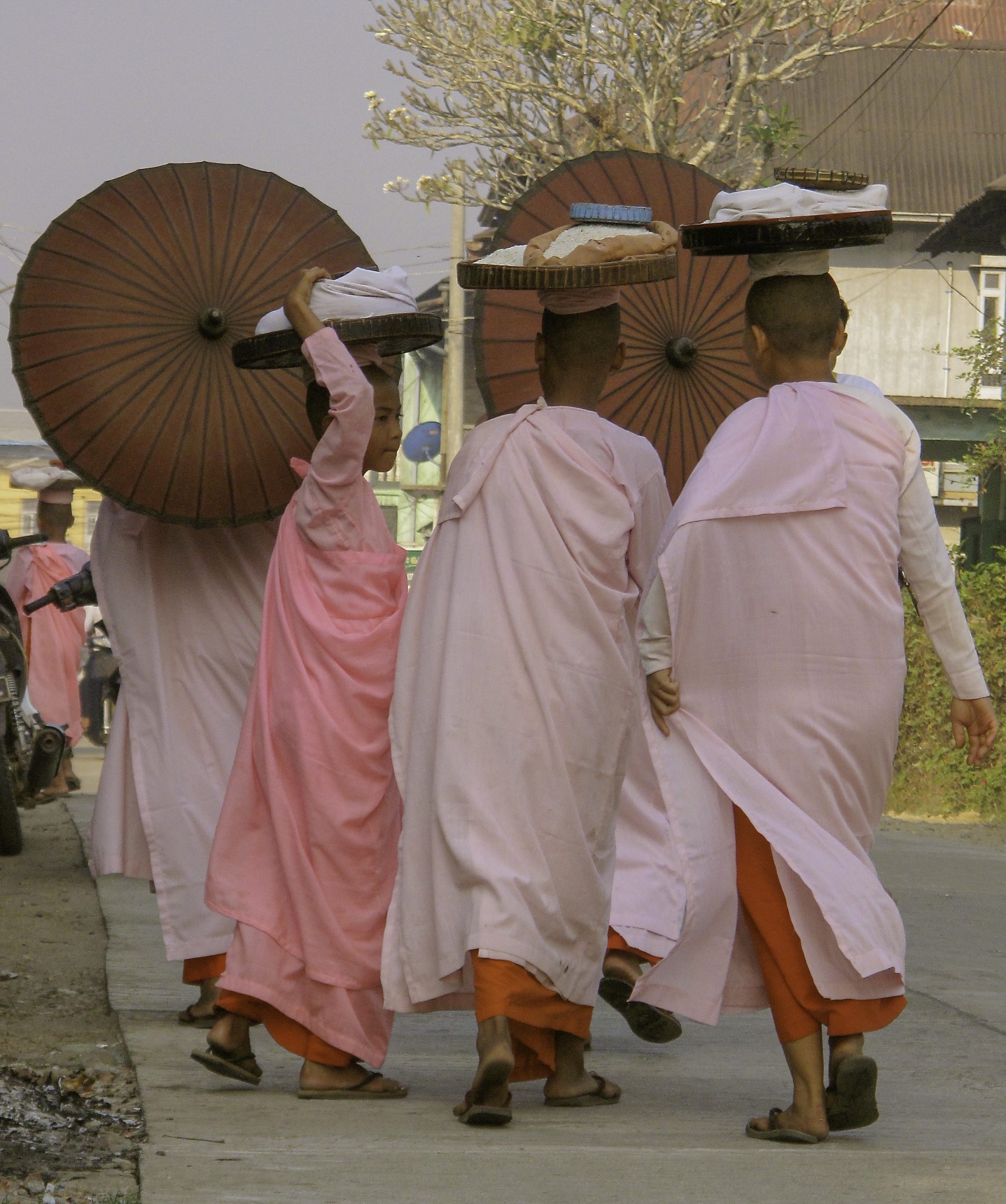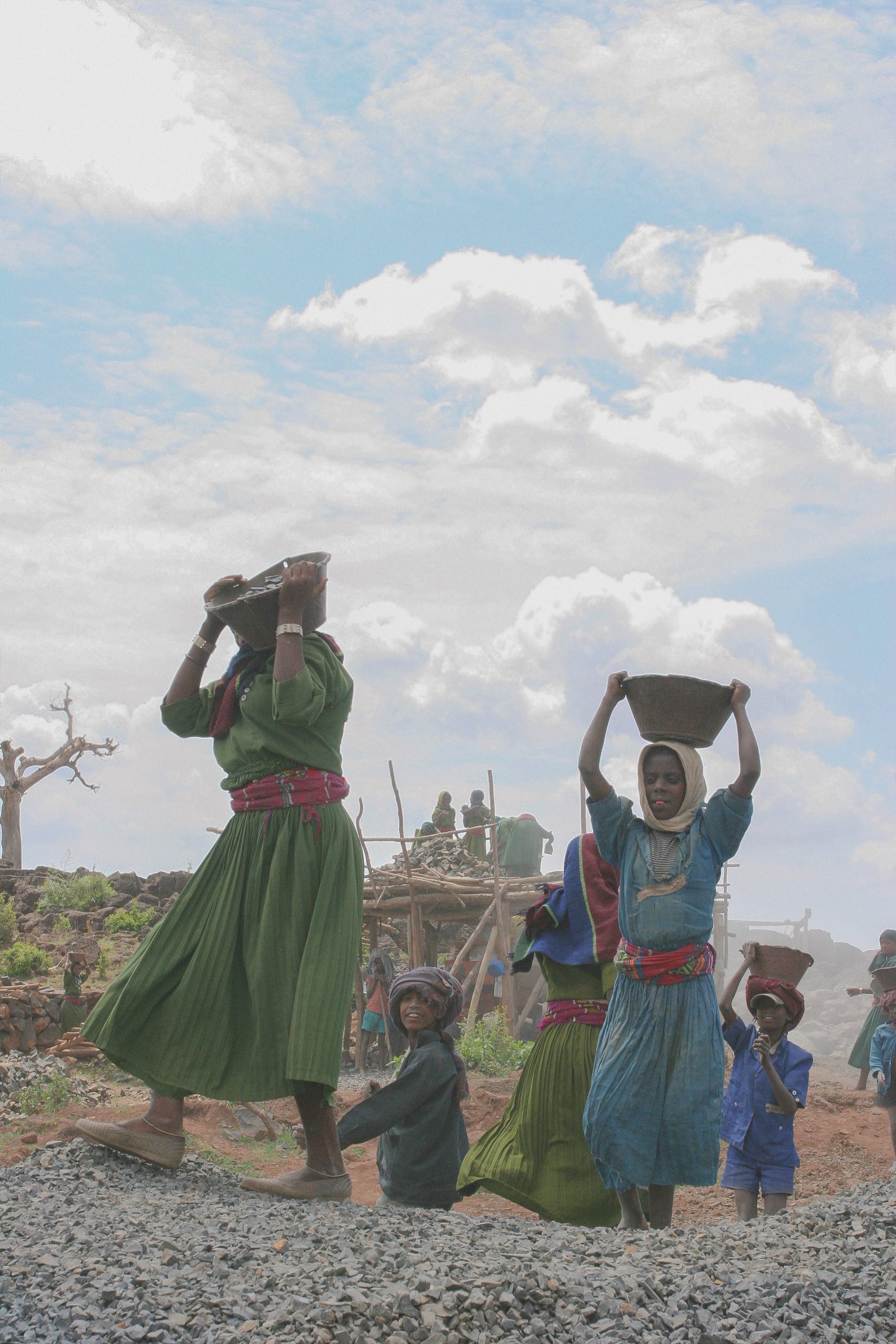Afghanistan’s Changing Future
Generations of the Afghan people
have lived through wars.
In the 1970s, a coup
turned the former kingdom into a republic.
Soon after,
Soviet troops invaded Afghanistan.
In 2021, yet another change of power
resulted in a refugee camp
in a park in central Kabul.
There were 3.5 million internal refugees
in Afghanistan in 2021.
Afghanistan’s neighbours, Pakistan and Iran,
are home to 2.2 million Afghans.
And approximately half a million Afghan people
have taken refuge in other countries.
War is not the only reason
why Afghan people
have had to flee from their homes.
Poverty, too, along with drought
and natural disasters caused by climate change,
cause people to move away.
The Afghanistan photo exhibition consists of 10 different photographs and stories.
The photos are from 2013 and 2021.
1.
Cotton has been grown in Afghanistan
for more than a thousand years.
Its key exports go to India and Russia,
but the varying situation in those countries
has a negative effect
on the cotton production in Afghanistan.
There are few factories in Afghanistan
and they have often been obliged to halt operations.
When a revolution took place in Russia,
work stopped in the cotton fields of Afghanistan.
Farmers in the Herat region started instead
to grow opium poppies.
That became profitable,
and the drugs trade has since
made many armed groups and authorities rich.
2.
A fig stall in Kabul.
Fresh and dried fruits
are sold on the streets of this rugged country.
The figs, in particular, are famous.
3.
Afghanistan’s capital Kabul has been called
‘the Paris of Central Asia’.
Some 4.6 million people live in the city,
which is famous for its fabulous bazaars.
Tourists and peacekeepers alike know
Chicken Street and the locals
frequent the Mandawi bazaar by the river.
My favourite is the old town of Kabul
with its narrow alleys and its ‘bird street’ market.
4.
In 2021, the Taliban again came to power,
which further increased the poverty
of many people in Afghanistan.
The State did not have the money
to pay people’s wages
and many of them lost their jobs.
Kabul was suddenly full of market places
where people were selling off their property cheaply,
doing what they could to support themselves.
Bearing witness to a new period of darkness,
women’s clothes are sold at a flea market.
During the previous 20 years,
the women of Afghanistan
had been able to study, go to work,
move about freely, and hold leading positions.
Women and girls could dress as they pleased.
Their freedom was possible
at least in the bigger cities such as Kabul.
The previous Taliban regime had silenced women completely.
Nowadays, women have demonstrated bravely,
but many of them have disappeared
and others have been abused.
5.
Carpets and rugs have always been
an important export item for Afghanistan.
Sales have increased,
particularly when international troops
and aid organisations are in the country.
The most prized rugs
are made from sheep and goat wool.
They are made in North Afghanistan.
It is heartbreaking to see
what has happened
since the Taliban took power in 2021.
Many families have to sell their beloved rugs
in the flea markets of Kabul
simply to survive.
6.
A father and son are on their way to school in Kandahar,
where the price of fuel rose sharply
when the Taliban took over.
Which is why a lot of people now ride bicycles.
Afghanistan is one of the poorest countries in Asia.
Afghanistan is dependent on importing oil,
because the country’s own oil and gas reserves
are not sufficiently exploited.
7.
In a hospital yard in Kandahar, children are cooking
and selling eggs to hospital visitors.
In Afghanistan it is common
for children to labour outside the home,
for instance in brick factories or making rugs.
Afghanistan’s legislation is not strong enough
to protect children from
sexual exploitation or human trafficking.
Children are also forcibly recruited into armed activities.
8.
In 2022, thousands of women and children
are begging amid the traffic in the streets of Kabul.
Many of the children are girls.
They are begging and gathering anything they can
to recycle in the bazaars of old Kabul.
Here, people share with others the little they have.
9.
A girls’ school in Kandahar in September 2021.
When the Taliban came to power,
girls were barred
from the higher forms (7–12) at school,
and from universities.
Nobody knows
how long this restriction will continue.
It is a precondition of the international community
that they will only continue to support development cooperation
if Afghan girls and women are given access to education.
10.
The Hazaras are an ethnic group
which has been persecuted since the 1890s.
The Hazaras are part of Afghanistan’s lowest caste
and among the most persecuted minorities.
The Hazaras, adherents of Shia Islam,
are considered infidels by the Taliban.
In recent years, Hazara communities have been targeted
with large bombs.
Many Hazaras who have been politically active
have subsequently become refugees and asylum seekers,
some of them in Finland.

